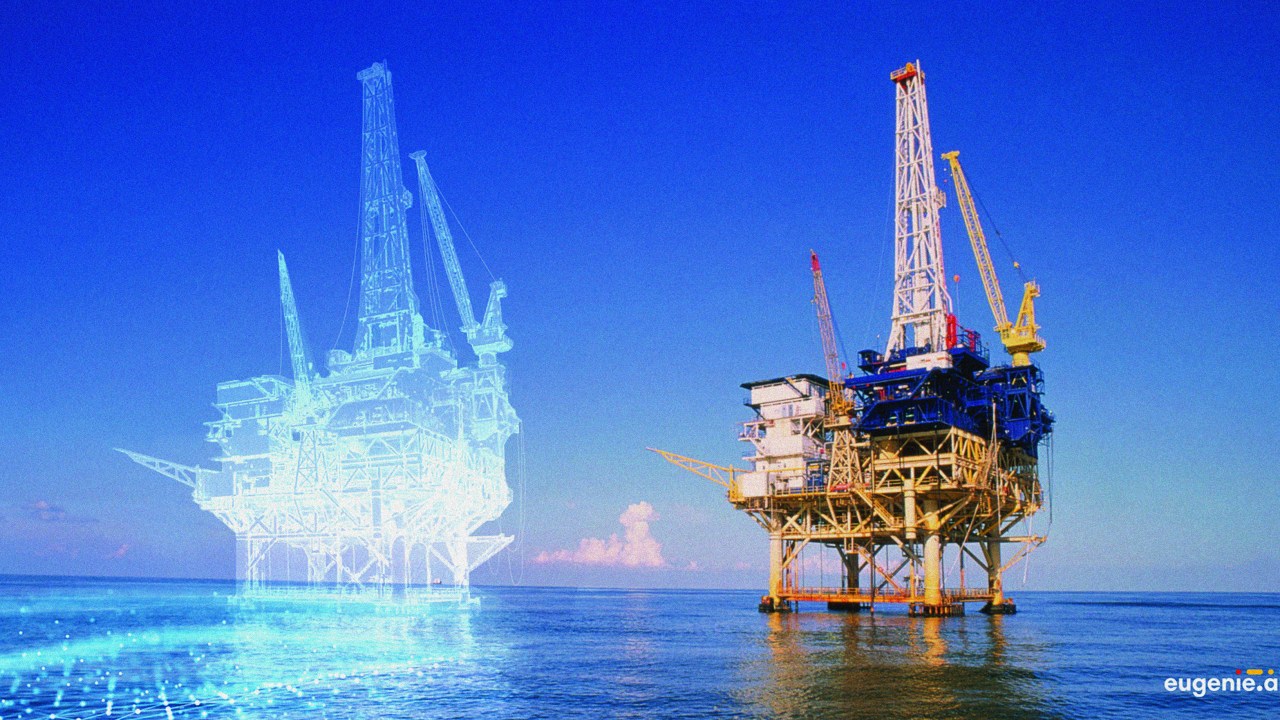
This article originally appeared in Museum magazine’s January/February 2024 issue, a benefit of AAM membership.
A brief guide to terms that may be popping up in your news feeds.
Digital twins: digital models of objects, systems, or processes (e.g., buildings, machines, distribution systems) that exist or could exist in the real world. These interactive models use real or fictional data input to visualize, simulate, or predict how their real-world counterparts will respond to various situations and conditions. For example, Shanghai has commissioned a digital twin of the whole city that will use data from satellites, drones, and sensors to model 100,000 elements, including waste disposal, traffic, and the potential effects of natural disasters. The Neurotwin project is creating personalized digital twins of individual human brains to predict the effects of using electromagnets to treat Alzheimer’s disease. The Natural History Museum in London feeds data, from thousands of sensors that measure everything from temperature and humidity to vibration and light, into a digital model that helps staff reduce energy use, identify threats to collections, and prioritize repairs and improvements.
Doom loops: a negative feedback cycle in which the damaging effects of a disruption spark a downward spiral that is difficult to reverse. Currently, much attention is being given to urban doom loops sparked by the pandemic, when remote work emptied office buildings and prompted many people to relocate to areas with lower costs of living. The resulting lower foot traffic, job loss due to small business closures, and disinvestment in city services resulting from lower tax revenues led to an increase in homelessness and crime, making it less likely that people and businesses will return to former urban cores. Researchers warn that a climate doom loop may result from the fact that climate disasters (extreme heat, storms, floods, fires) are diverting money and attention from the efforts needed to curb emissions and reform the systems fueling the climate crisis.








